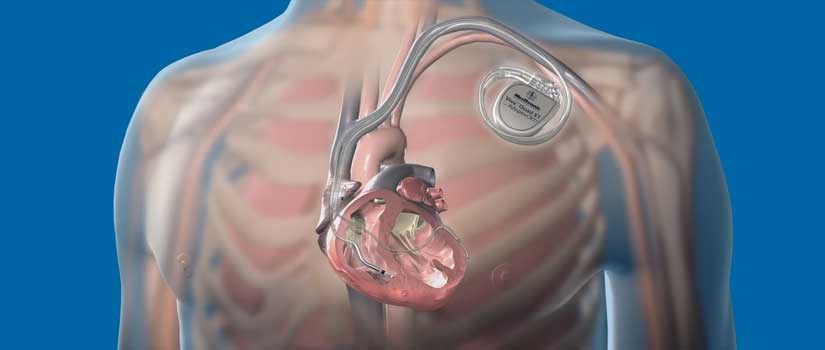
Single/Dual chamber ICD
ICD is a battery-operated device that gets implanted under the chest. It is primarily used to detect irregular heartbeats and prevent them from causing further damage to the heart. This device constantly evaluates the heartbeat and delivers electric shocks whenever needed to restore regular heart rhythm.
What Are The Different Types Of ICDs?
There are four significant types of ICDs, which includes:
Single chamber: This procedure includes a lead wire with a floating atrial electrode connected to your right ventricle. The whole body is specifically designed to deliver energy whenever needed, which results in variable tissue contracts.
Dual chamber: It extends to the right atrium and right ventricle.
Biventricular: Such ICDs provide cardiac resynchronization therapy (CRT) to patients with heart failure. In this form of ICD, the leads attach to the right atrium, the right ventricle, and the left ventricle. Biventricular ICDs improve the symptoms of heart failure in those who remain symptomatic even after taking medications for heart failure.
Subcutaneous: The potential benefit of this ICD is that no wire will be inserted into the circulatory system. Subcutaneous ICDs work by monitoring the heart rhythms through wires placed under the skin. With subcutaneous ICD or S-ICD, you have fewer chances of infections. Nevertheless, this form of treatment is effective up to an extent, due to which it doesn’t pace the heart out of a dangerous rhythm.

